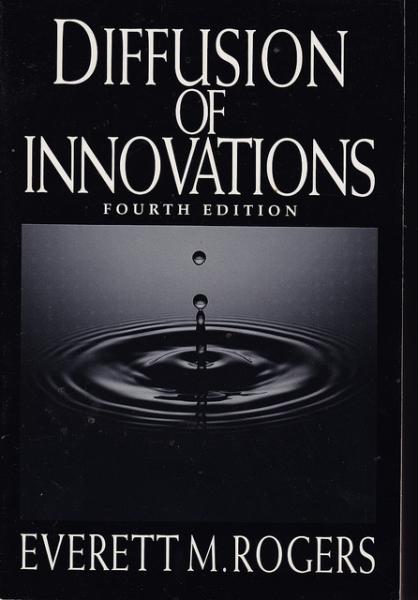In 1962 Everett Rogers wrote the Diffusion of Innovations trying to explain how good ideas spread through society and culture; nearly sixty years later we still are trying to understand how information diffuses. Some suggest that it is a Darwinian survival of the fittest, good ideas percolate to the top; bad ideas dying from lack of results and support – a meritocracy of thoughts. Others suggest that structural elements in our culture make some ideas more fit - elements that are based more on eminence than evidence. You would anticipate that the scientific method would be a meritocracy, but it is increasingly clear in studies of scientific funding that the rich get richer irrespective of the quality of their work and thoughts. Is Big Science, academic, public science we fund, built best evidence or best eminence – a study takes a look at the issue from an epidemiologic point of view.
Researchers looks at one particular field, computer science, using the hiring practices of 205 PhD programs in the US and Canada to describe a Big Science network having previously shown that hiring was a means of transmitting research interests and ideas, from one program to another. Programs were linked by who they hired and where they trained creating a roadmap of how faculty and what they had learned in their graduate education moved about.
They cross references each PhD program to their prestige, eminence, and influence based upon rankings from US News and World Report and Canada’s National Research Council. [1] Those rankings, whatever you may think of them, are very stable over time, although the top few programs may shuffle around a bit there are no leaps from the middle to the top or great falls from distinction.
“Faculty hiring appears to act as a mechanism for the spread of ideas…”
The researchers found based upon subsequent publications that roughly a third of an institutions “new thinking” came from its new hires. And eminent institutions produced more faculty than a lesser program, spreading 88% of their graduates and ideas to more secondary programs. As a result, 81% of the new thoughts could be traced back to only a few higher eminence institutions. This indeed suggested that ideas spread by their merit.
Using an epidemiologic approach, the researchers described the “quality” of a paper on how often it was cited, how infectious were those papers. Ideas from more eminent institutions spread to more institutions and were cited for longer periods than similarly “infectious” quality papers from less eminent institutions. Ideas that were less infectious coming from mid-level program’s stalled and died, while similar mid-quality ideas from the distinguished institutions took far longer to be abandoned if they were at all. The eminence of an idea’s origin provided a structural advantage irrespective of quality. That should be no surprise given that most faculty came from these institutions – you might consider these eminent institutions as a like of intellectual Typhoid Mary.
The researchers altered the parameters of their simulation to account for the transmission of ideas through paths outside hiring; by ideas that spread through serendipity or weaker connections, faculty attending national conferences, meeting new people, reading journals. The introduction of this form of randomness “modestly” diminished the effect of eminence. Ideas from eminent institutions continued to have a halo effect. Bottom line: high-quality ideas circulate longer irrespective of their source, while lower quality ideas have a survival advantage coming from prestigious institutions.
Many believe that a diversity of thought promotes innovation. But how you measure diversity remains challenging. It is not just demographics of age, race, and gender that make for diversity. It seems in the Darwinian competition for scientific thought; it is not a pure meritocracy, the eminence of origin makes a difference. That the rich get, richer appears to be as true for scientific thought as it is for funding. If diversity of thought yields more significant innovation, then drawing all of our ideas from one or two sources will not serve us well and who you know will have a far more significant influence on your impact than what you have to offer.
[1] I have written before on the flaws of US News and World Reports ranking methodology, but let’s take that as a given for the moment.
Source: Prestige drives epistemic inequality in the diffusion of scientific ideas EPJ Data Science DOI: 10.1140/epjds/s13688-018-0166-4




